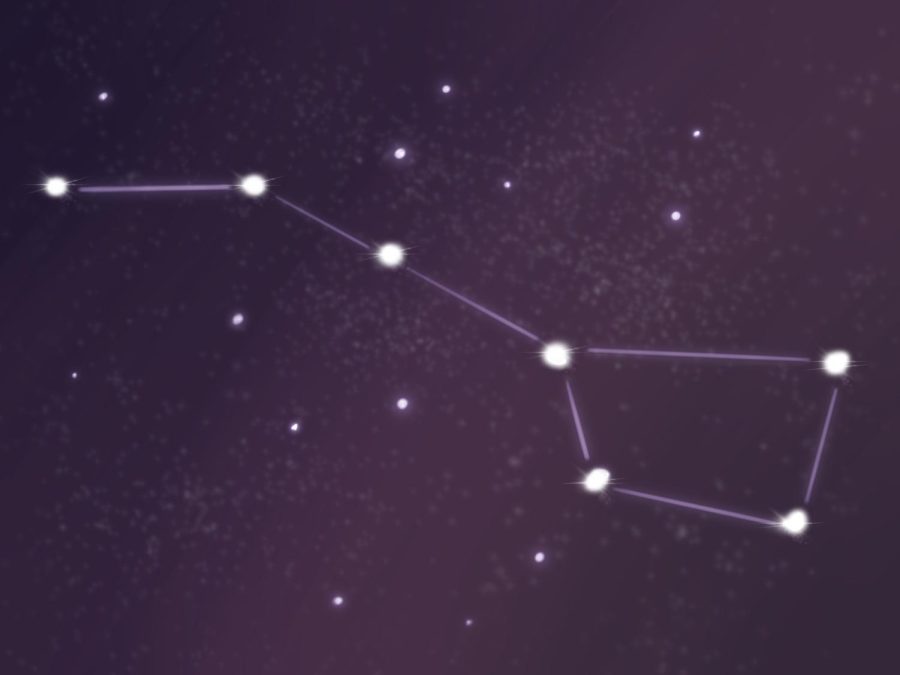Astrological Events You Must See This 2022
January 28, 2022
Most people don’t usually think of space in their day to day lives, and unfortunately for them, they are severely missing out. Astrological events are some of the most fascinating occurrences that any living being on earth can see, and they usually only happen once or twice in a year or even in a lifetime.
The events most people hear about are typically broadcasted on the national news, and even these are often ignored. Senior Li Qian said, “Eclipses and stuff [like eclipses] are interesting, but only when you think about them. In real life, they’re kinda boring.” Some truly spectacular sights usually get overshadowed by well-known holidays throughout the year. But thankfully, it’s not too late to catch almost all of these spectacular events.
On January 3 and 4, a meteor shower named the Quadrantids occurred. The Quadrantids happen annually, usually in the early morning hours. According to a Washington NBC outlet, “…during the peak, the scene is pretty spectacular with 60 to as many as 200 meteors seen per hour” (king5.com).
On March 20 and September 23, the March and September equinox will occur, respectively. According to a website about marine and astrological events, during an equinox, the sun shines directly on the equator, meaning there will be equal amounts of day and night in the world. It’s not something you can get up and see, but a cool thing to think about as it could be a good day to plan meetups with friends in other time zones (seasky.org).
In April, another meteor shower named Lyrids will be happening on the east coast between the 22 and 21 (king5.com). According to the Earth and Sky website, “The best time to watch [Lyrids] is between sunset on April 21 and moonrise in the early morning” (earthsky.org). The first recorded sighting of the Lyrids was in 687 B.C, and anyone who manages to catch them will be watching the same sky ancient humans watched 2,700 years ago (king5.com).
On June 24, Mercury, Venus, Mars, Jupiter, Saturn, as well as the crescent moon will align in the night sky. The five planets involved in the alignment can be seen from Earth with the naked eye, so no need for a telescope. The alignment will occur in the early morning, so it surely will not be overshadowed by the sun.
On May 15, the second of two total lunar eclipses in 2022 will occur (seasky.org). According to Webster’s Dictionary, a total lunar eclipse is “an eclipse in which the moon is completely immersed in the umbra of the earth’s shadow” (merriamwebster.com). The earth’s shadow on the moon causes it to appear blood red. This effect has awed and even terrified humans throughout history, the red color usually being blamed on God or even interpreted as a punishment. The first lunar eclipse will occur on November 8 (space.com).
Finally, the last meteor shower of the year will happen in December, named the Geminids. This is one you don’t want to miss, but don’t worry, even if you do, the Geminids are annual like all the other meteor showers throughout the year, so you could always catch it next year.
According to the Sea and Sky website, “The Geminids is the king of the meteor showers. It is considered by many to be the best shower in the heavens, producing up to 120 multicolored meteors per hour at its peak.” The comet that produces the debris and makes this show possible is the 3200 Phaethon, discovered in 1982. It occurs from December 7-17, but it will peak on the night of the thirteenth and continue into the morning of the fourteenth (seasky.org).
Many people disregard the splendor of astrological events like these, not realizing the fantastic sights they’re missing out on. Although most would rather not stay up late to see a couple of lights in the sky, for those who do, make sure to look up when the time comes. Maybe even invite over some similarly cosmo-loving friends.


